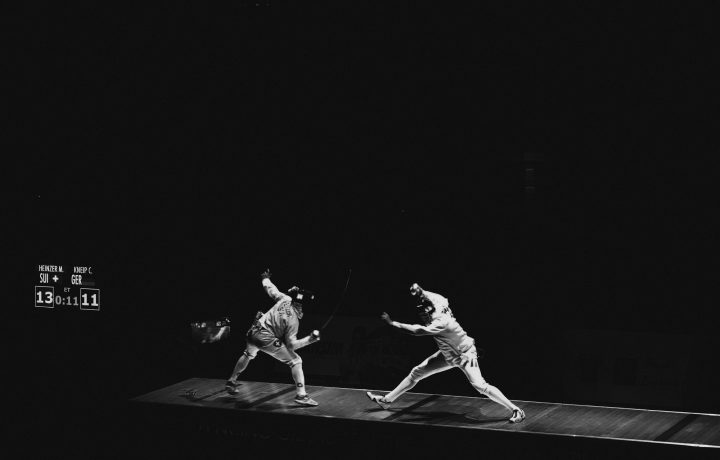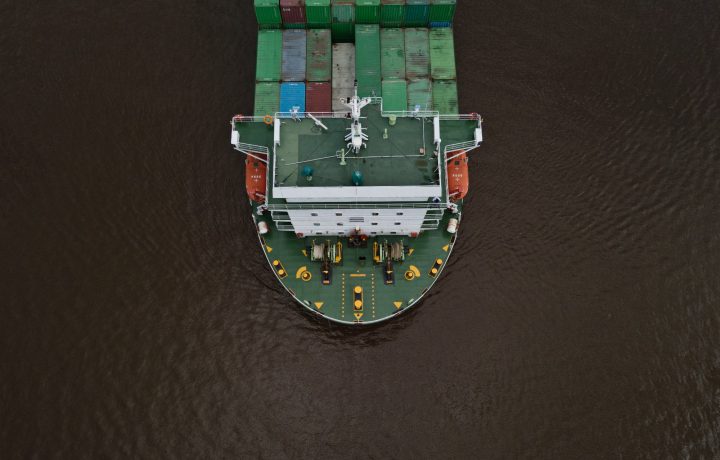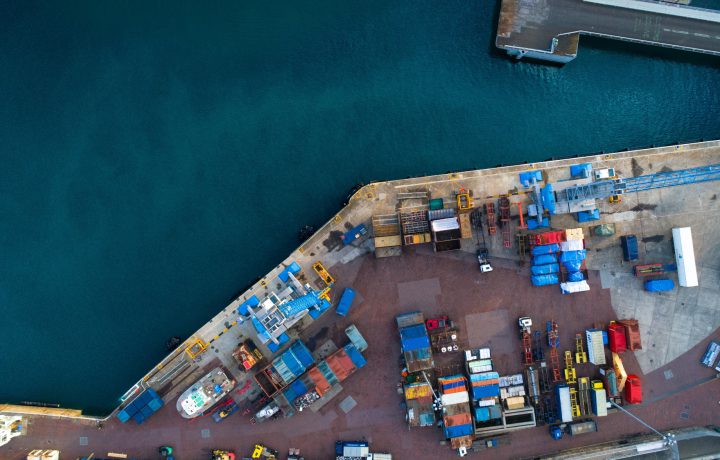Physical commodity trading is considered to be a highly stressful occupation. Markets are volatile and we need to deal with a number of counterparties at the same time – a real time, in different time zones. In physical trading – trading and logistics (called very often traffic and/or operations) are inseparably linked. As a trader you cannot just make a deal and let logistics deal with minutiae of a delivery. …





